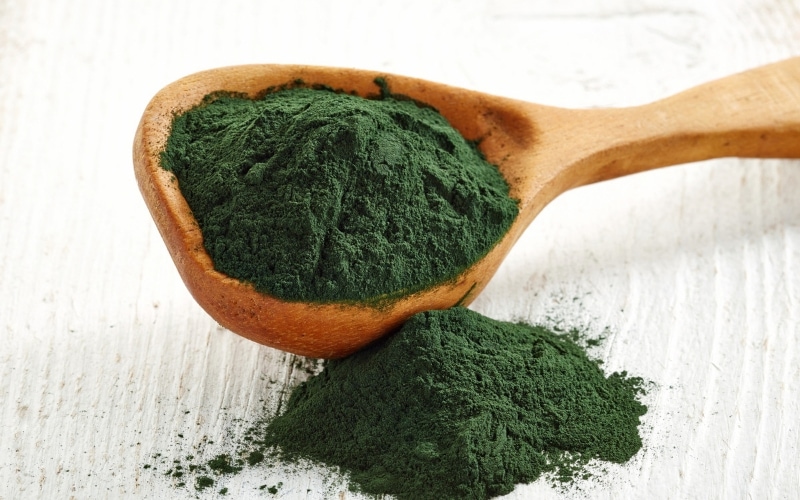Alternative proteins, also known as alternative meat or plant-based meat, refer to food products that are designed to mimic the taste, texture, and appearance of traditional animal-based meat, but are made from plant-based ingredients. These products are becoming increasingly popular due to a growing concern about the environmental impact of animal agriculture, as well as animal welfare and health. Alternative proteins are made from ingredients such as soy, peas, and legumes, and are processed to create products that look, taste, and cook like meat. They are a sustainable and nutritious alternative to animal-based protein and are becoming more accessible and affordable with advances in technology. The alternative protein market is expected to continue to grow in the coming years as more consumers adopt a more plant-based diet and as research continues to uncover new ways to create alternative proteins.
Plant-Based and Algal Proteins
Plant-based proteins and algal proteins are two types of alternative proteins that are gaining popularity due to growing concerns about the environmental impact of animal agriculture and the desire for more sustainable and healthy food options.
Plant-based proteins are derived from plants, such as soy, peas, and legumes. They offer a nutritious and sustainable alternative to animal-based protein and are used to create plant-based meat alternatives, such as burgers, sausages, and other meat analogues. Plant-based proteins are a good source of fiber, vitamins, and minerals and are typically lower in saturated fat and cholesterol compared to animal-based protein.
Algal proteins, on the other hand, are derived from microalgae, a type of single-celled photosynthetic organism. Algae are a sustainable source of protein and are rich in essential amino acids, vitamins, and minerals. They are used to create plant-based food and supplements, including plant-based meat alternatives. Algal proteins are a relatively new type of alternative protein and are still in the early stages of development and commercialization.
Both plant-based and algal proteins offer promising solutions for consumers looking to make more sustainable and health-conscious food choices.
Insects as Protein Sources
Insects are a source of protein that is gaining attention as a sustainable and nutritious alternative to traditional animal-based protein. Insects, such as crickets, beetles, and grasshoppers, are high in protein and contain essential amino acids, vitamins, and minerals. They are also more environmentally friendly to produce than traditional animal-based protein, as they require less land, water, and feed compared to livestock.
Insects are a common food source in many parts of the world, and there is growing interest in incorporating them into Western diets as a sustainable and healthy protein source. Insect-based protein powders, bars, and snacks are becoming increasingly available, and some restaurants are also starting to offer insect-based dishes.
Overall, insects as a protein source are a promising alternative, but more research and development is needed to determine their long-term viability and safety as a food source.
Fermentation-based method
Fermentation-based methods are a way of producing alternative proteins using microorganisms, such as yeast or bacteria, to convert plant-based substrates into a protein-rich product. This process is commonly used to produce alternative protein sources such as tempeh, miso, and single-cell protein.
Fermentation has several advantages over other protein production methods, including:
- Increased sustainability: Fermentation uses less land, water, and energy compared to traditional animal agriculture and can be carried out on a smaller scale.
- Improved nutritional profile: Fermented protein products can be enriched with vitamins, minerals, and other beneficial compounds.
- Reduced food waste: Fermentation can convert food waste into a valuable protein source.
- Improved safety: Fermented protein products are generally considered safe for consumption and have a long shelf life.
Cultured Meat
Cultured meat, as part of the cellular agriculture concept, utilizes tissue engineering approaches by cultivating the stem cells of the animals with nutrient-rich feedstocks in vitro. The production systems use either a self- organizing technique in which transferred muscle produces largely structured tissues, or a scaffolding technique in which cells are grown in scaffolds to form unshaped, soft- end products. Presently, utmost of the research and funding focus is on developing cultured beef, seafood, and pork. Despite significant efforts, several issues have limited cell- based meat production at scale, including growth media concerns, the availability of effective technologies to produce alternatives that mimic traditional meat products, and biomaterial selections failing to perform efficiently in bioreactors.

